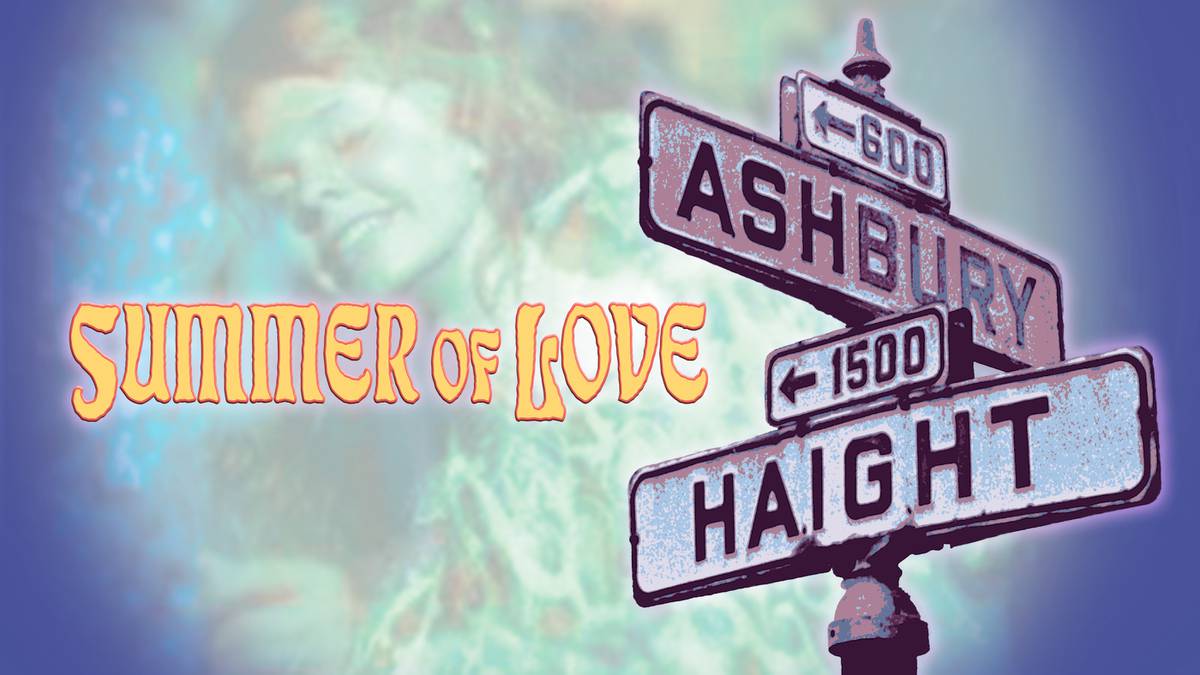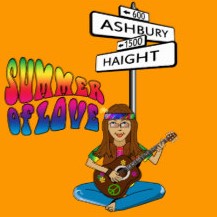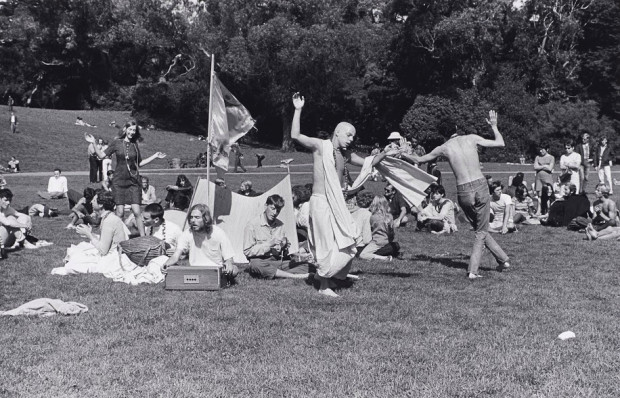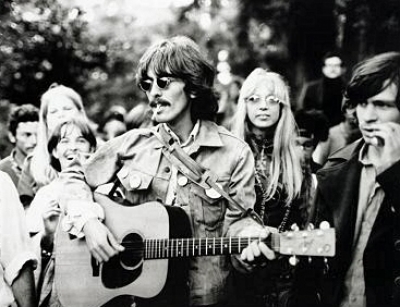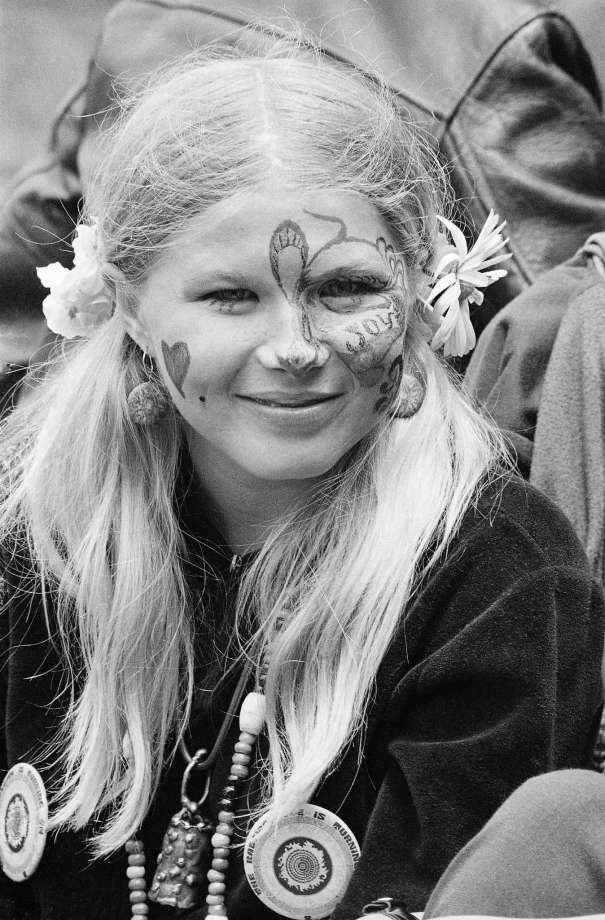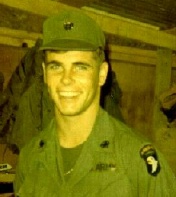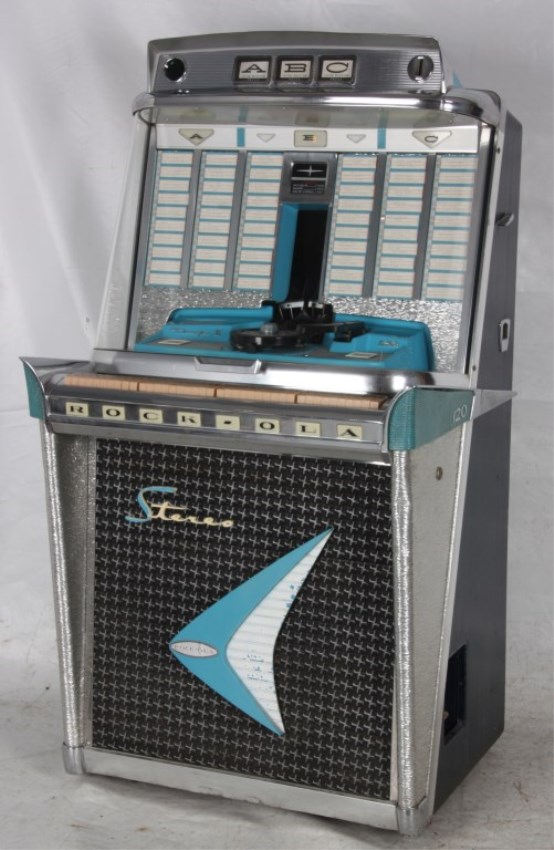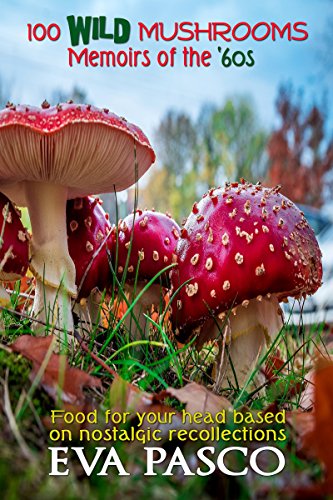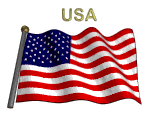

The 60s Official Site
"Where Music is Our Middle Name"
Quick Links
Soundtrack of the 60s with Neal Stevens
Todays Trivia Question. Your Daily Oldies Fix Top Ten Countdown Solid Gold Memories Jukebox Music
Vibration of a Nation Remember When Television of the 50s and 60s Do You Remember These 60s Slang
Things You Just Don't Hear Anymore 60s TV Commercials Chickenman Episodes Woodstock This Weeks Number One Hits
The Early Years of Rock and Roll Vietnam War Myths
All the content menu is listed on the left menu border bar
Click Here for Summer of Love Jukebox
Hippies, sometimes called flower children, were an eclectic group. Many were suspicious of the government, rejected consumerist values, and generally opposed the Vietnam War. A few were interested in politics; others were concerned more with art (music, painting, poetry in particular) or spiritual and meditative practices. The term "Summer of Love" originated with the formation of the Council for the Summer of Love during the spring of 1967 as a response to the convergence of young people on the Haight-Ashbury district. The Council was composed of The Family Dog, The Straight Theatre, The Diggers, The San Francisco Oracle, and approximately twenty-five other people, who sought to alleviate some of the problems anticipated from the influx of people expected during the summer. The Council also assisted the Free Clinic and organized housing, food, sanitation, music and arts, along with maintaining coordination with local churches and other social groups The increasing numbers of youth traveling to the Haight-Ashbury district alarmed the San Francisco authorities, whose public warning was that they would keep hippies away. Adam Kneeman, a long-time resident of the Haight-Ashbury, recalls that the police did little to help the hordes of newcomers, much of which was done by residents of the area.
The media's coverage of hippie life in the Haight-Ashbury drew the attention of youth from all over America. Hunter S. Thompson termed the district "Hashbury" in The New York Times Magazine, and the activities in the area were reported almost daily. The event was also reported by the counterculture's own media, particularly the San Francisco Oracle, the pass-around readership of which is thought to have exceeded a half-million people that summer, and the Berkeley Barb. The media's reportage of the "counterculture" included other events in California, such as the Fantasy Fair and Magic Mountain Music Festival in Marin County and the Monterey Pop Festival, both during June 1967. At Monterey, approximately 30,000 people gathered for the first day of the music festival, with the number increasing to 60,000 on the final day. Additionally, media coverage of the Monterey Pop Festival facilitated the Summer of Love as large numbers of hippies traveled to California to hear favorite bands such as The Who, Grateful Dead, the Animals, Jefferson Airplane, Quicksilver Messenger Service, The Jimi Hendrix Experience, Otis Redding, The Byrds, and Big Brother and the Holding Company featuring Janis Joplin. Musician John Phillips of the band The Mamas & the Papas wrote the song "San Francisco (Be Sure to Wear Flowers in Your Hair)" for his friend Scott McKenzie. It served to promote both the Monterey Pop Festival that Phillips was helping to organize, and to popularize the flower children of San Francisco. Released on May 13, 1967, the song was an instant success. By the week ending July 1, 1967, it reached number four on the Billboard Hot 100 in the United States, where it remained for four consecutive weeks. Meanwhile, the song charted at number one in the United Kingdom and much of Europe. The single is purported to have sold more than 7 million copies worldwide.
|
|
